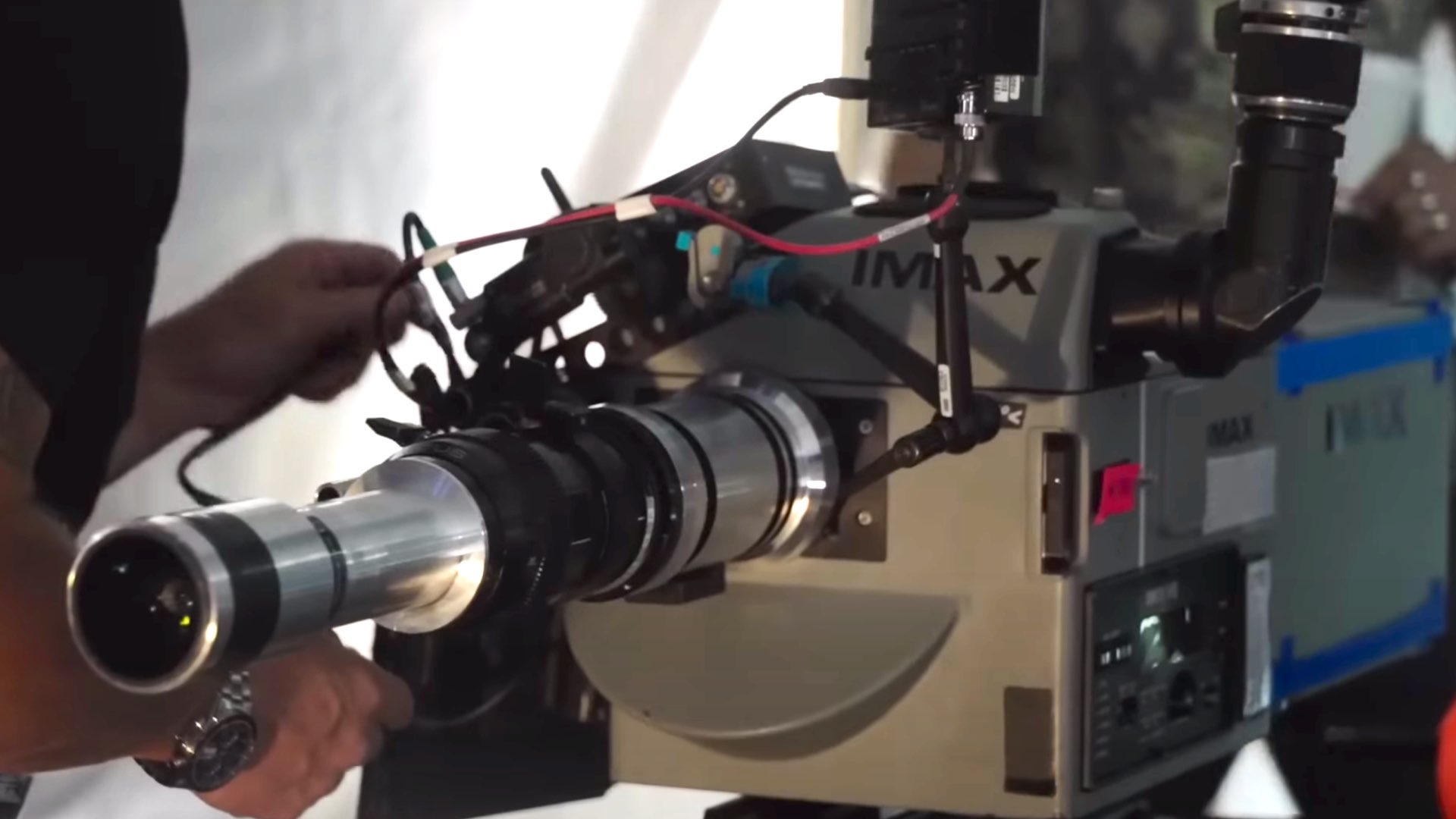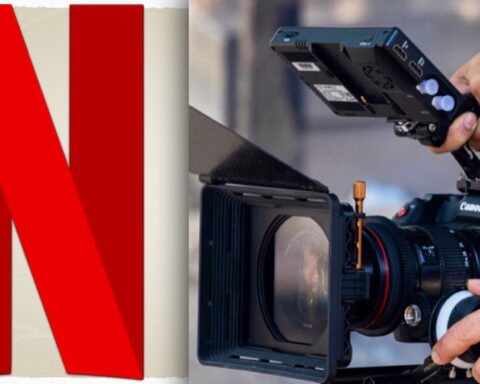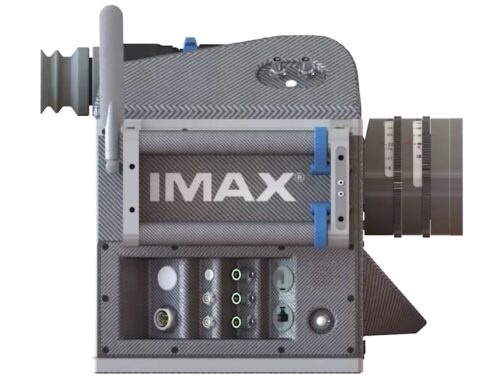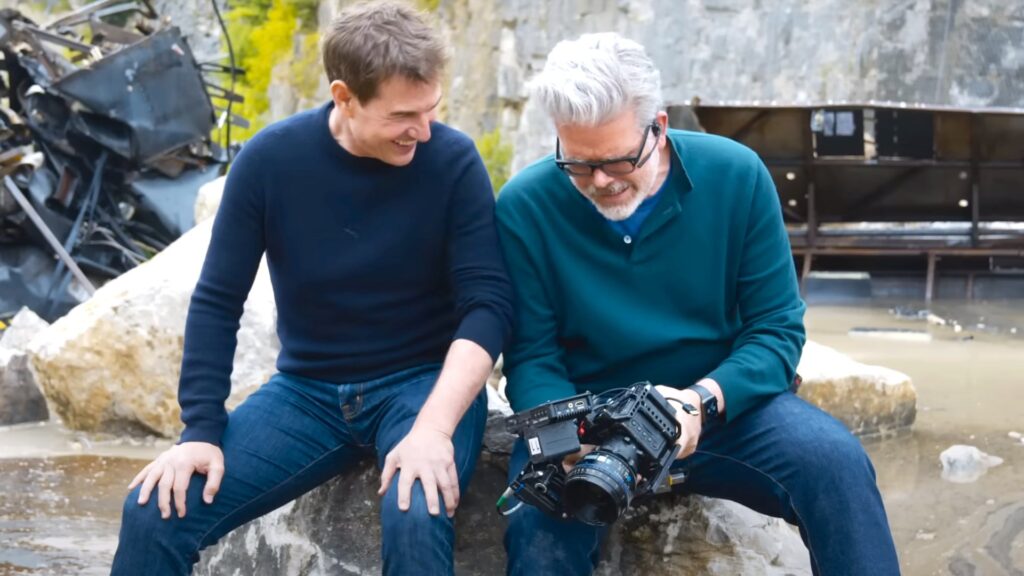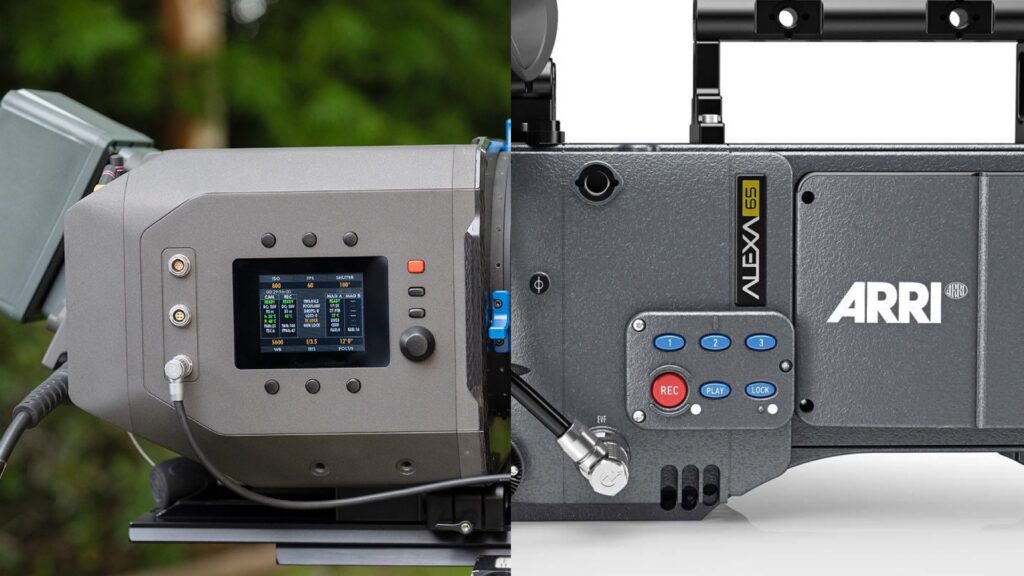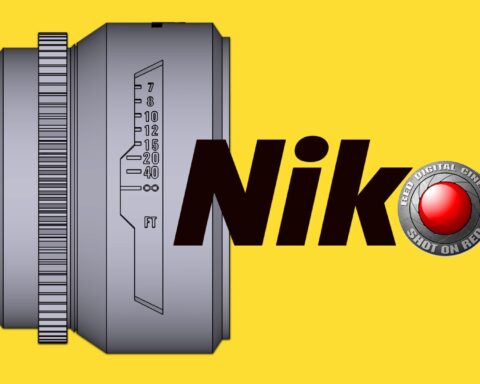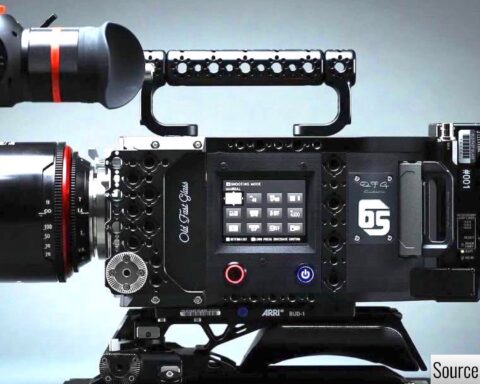Another day, another marketing boost for Nolan’s IMAX greatness —Oppenheimer. This time, the video published by Universal Pictures sheds a bit more light on the making and what we can expect from this “definitive moment in the history of modern filmmaking”. There’s one interesting thing though. Nolan states that they came up with some very interesting analog methods of how to shoot the film. Read on.
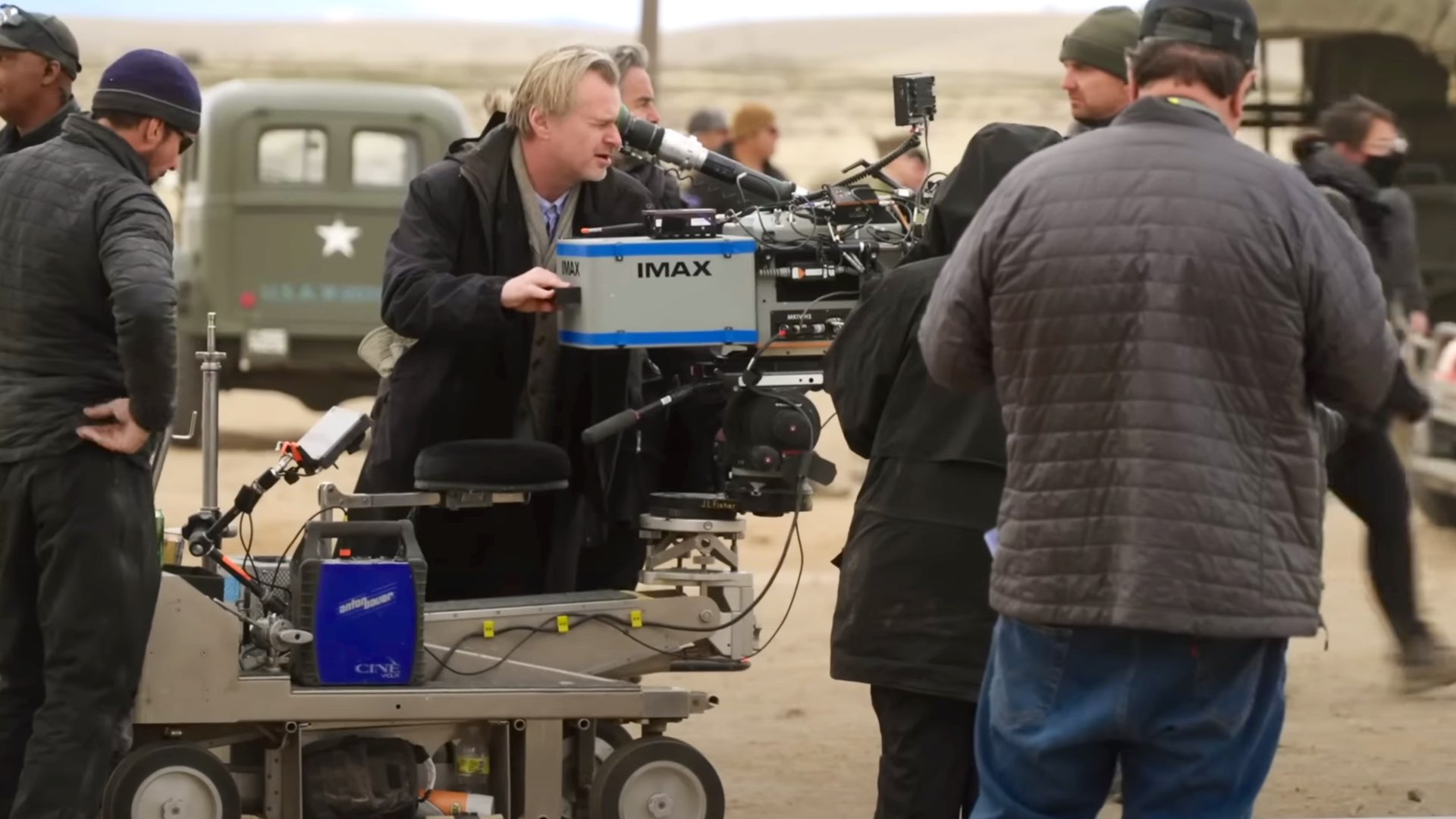
My preference is always to do things in-camera as much as possible. It’s set a big challenge for every department to actually bring the of a thing there for the actors…I always try to use real locations as much as possible.
Christopher Nolan
The practical-VFX debate
In our recent article regarding Oppenheimer, we stated Nolan said that the movie contains zero CGI shots. Then we got feedback from our readers claiming that it’s not true. First, CGI is not VFX. They’re different terms. Nevertheless, Nolan emphasizes that they shot practically as much as they could: “My preference is always to do things in-camera as much as possible. It’s set a big challenge for every department to actually bring the of a thing there for the actors…I always try to use real locations as much as possible. With location shooting on set, the more things can just be real, the better they’re going to feel the audience” Nolan says in the newest BTS video released by Universal Pictures. Furthermore, the Special Effects Supervisor Scott Fisher adds: “When you do Chris’s movie, when you read a script you normally would be visual effects, you know that you will be doing the stuff practically”. Hence, the VFX comes to serve the practical phase of Oppenheimer. There will definitely be some amount of VFX. However, CGI is something else.
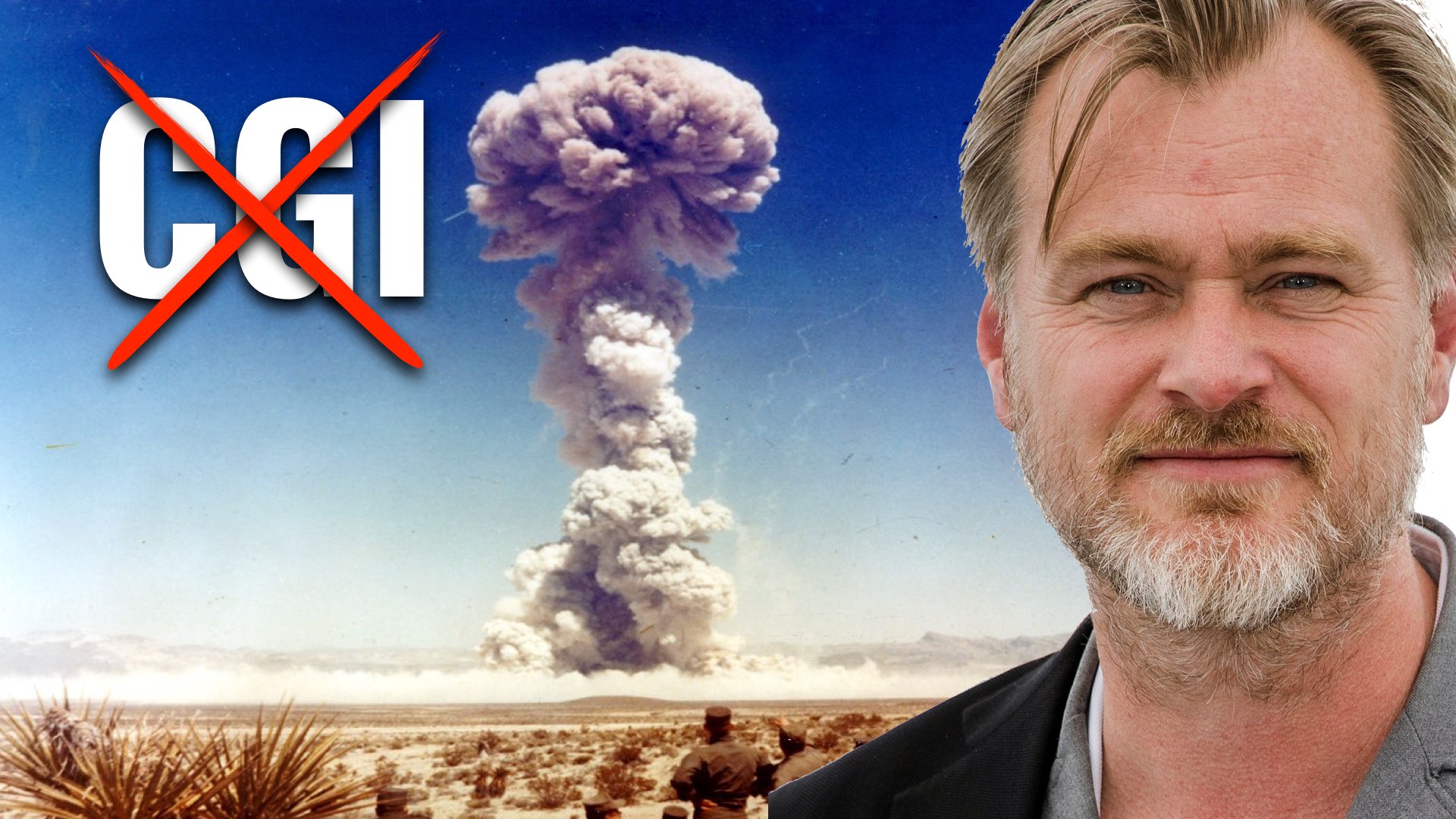
When you do Chris’s movie, when you read a script you normally would be visual effects, you know that you will be doing the stuff practically.
Scott Fisher – Special Effects Supervisor in Oppenheimer
New analog methods
The most interesting statement is that the crew has implemented some new analog methodologies in order to create and enhance the cinematography of the film. Besides shooting in a new specially made 65mm B&W film stock, it seems that the IMAX cameras were pushed to their limits. As Nolan says: “We did a lot of experimentation and came up with some very interesting analog methods of how to approach this. All were leading to the Trinity test, which had to deal with nightmarish and terrifying in a way that computer graphics never really is”.
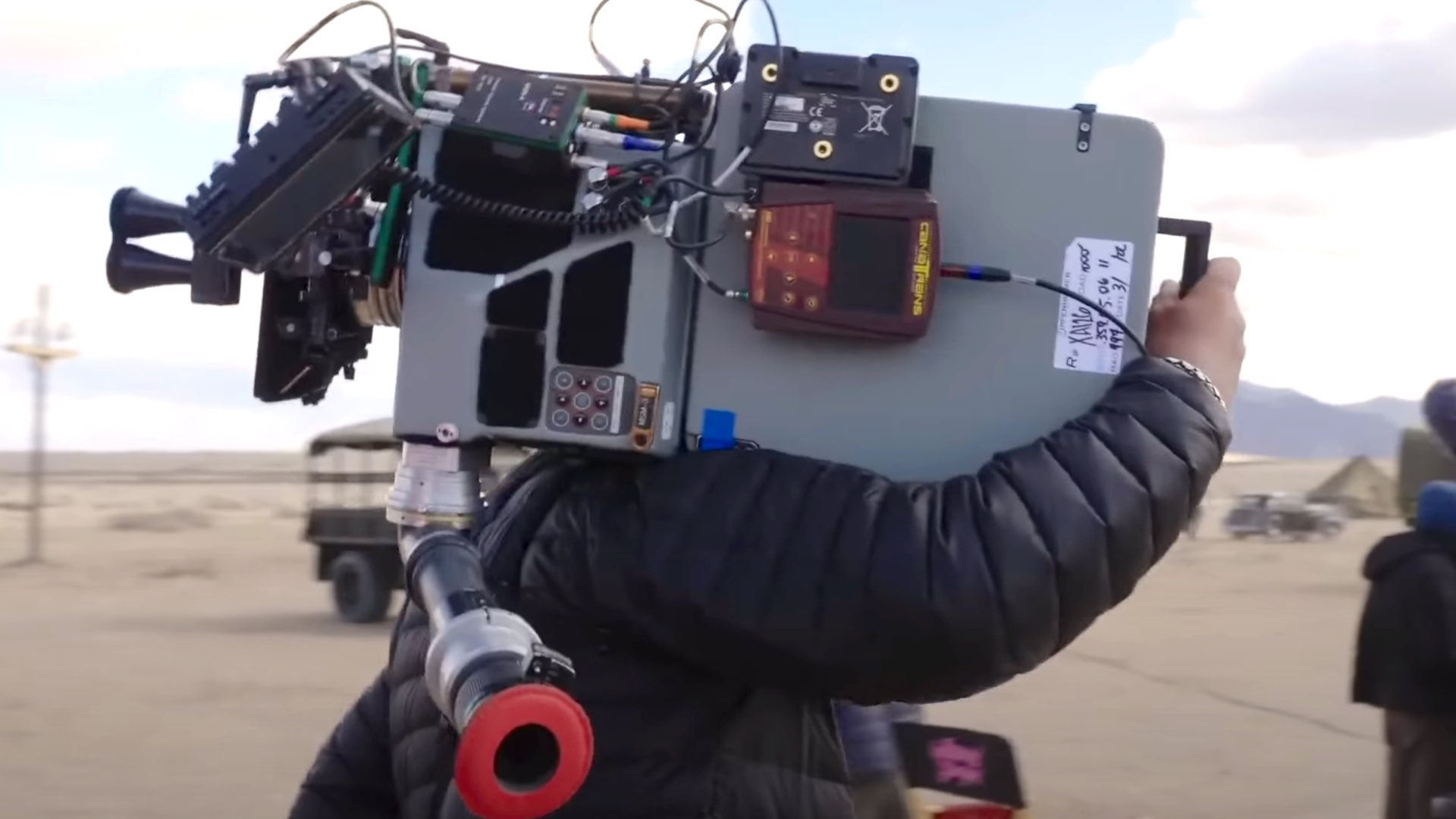
We did a lot of experimentation and came up with some very interesting analog methods of how to approach this. All were leading to the Trinity test, which had to deal with nightmarish and terrifying in a way that computer graphics never really is.
Christopher Nolan
It will be interesting to reveal what are those new ‘analog methods’. We know that Nolan’s cinematic partner, DP Hoyte van Hoytema, is a fan of new analog methodologies (see NOPE for reference). BTW, Hoytema adds that: “IMAX can contain 18K resolution per fame, which is by far more than any digital camera. Then it gets thrown up on a gigantic screen, and the moment you watch it it’s very evident. The quality is unprecedented…They had to film the world of quantum physics. Their whole unit was a big science project. I was daily very jealous”. So there you go— Filming quantum physics with IMAX cameras. Interesting! Another interesting quote is from Producer Emma Thomas, which said: “Every crew member on this member has to adjust their work for the IMAX screen”. Indeed, Hoyte was mentioning before how Oppenheimer is reliant on the faces of its characters.
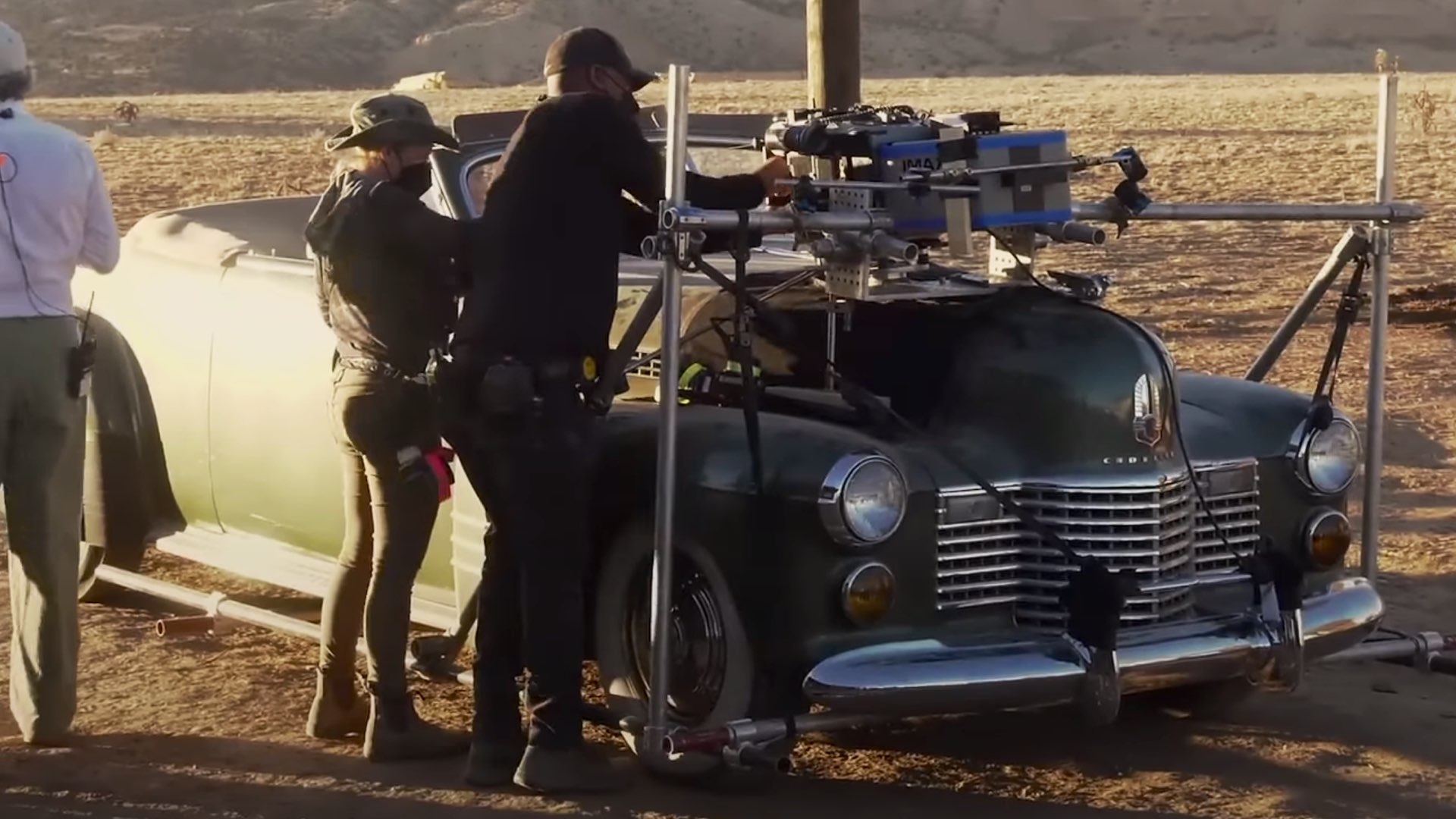
IMAX can contain 18K resolution per fame, which is by far more than any digital camera. Then it gets thrown up on a gigantic screen, and the moment you watch it it’s very evident. The quality is unprecedented…They had to film the world of quantum physics. Their whole unit was a big science project. I was daily very jealous.
Hoyte van Hoytema – Oppenheimer Director of Photography
“Definitive moment in the history of modern filmmaking”
That sentence belongs to Actor Robert Downey Jr. who praises Nolan by saying: “This is I think a definitive moment in the history of modern filmmaking. Everything that Chris Nolan has done has been a prelude to this”. Furthermore, Actor Matt Damon adds: “All the energy goes around the camera”. And even IMAX tweeted: “Christopher Nolan and our IMAX cameras captured unprecedented footage. We’ve got chills just thinking about it”. OK, that’s enough marketing and praising. Let’s hope we’ll not be disappointed. Here’s the full video below:
Christopher Nolan and our IMAX cameras captured unprecedented footage. We’ve got chills just thinking about it.
IMAX
Oppenheimer will be released in IMAX 70mm screening at only 30 theaters worldwide. For other decent viewing options, check out this guide.
As a tribute to the mighty 65mm format, we’ve created the Y.M.CINEMA 65 which is a special one-of-a-kind gift for cinephiles — explore it on our website.


